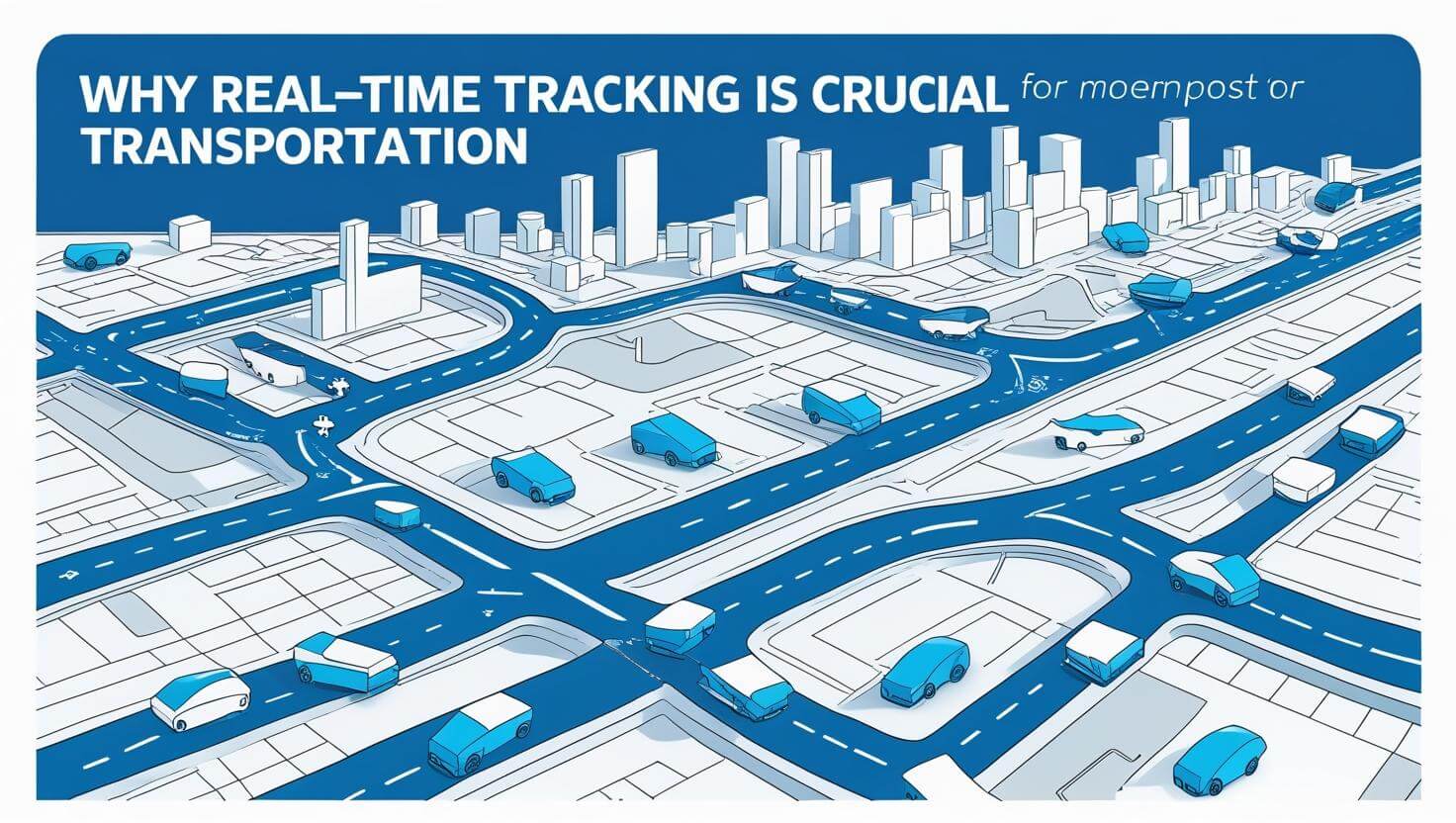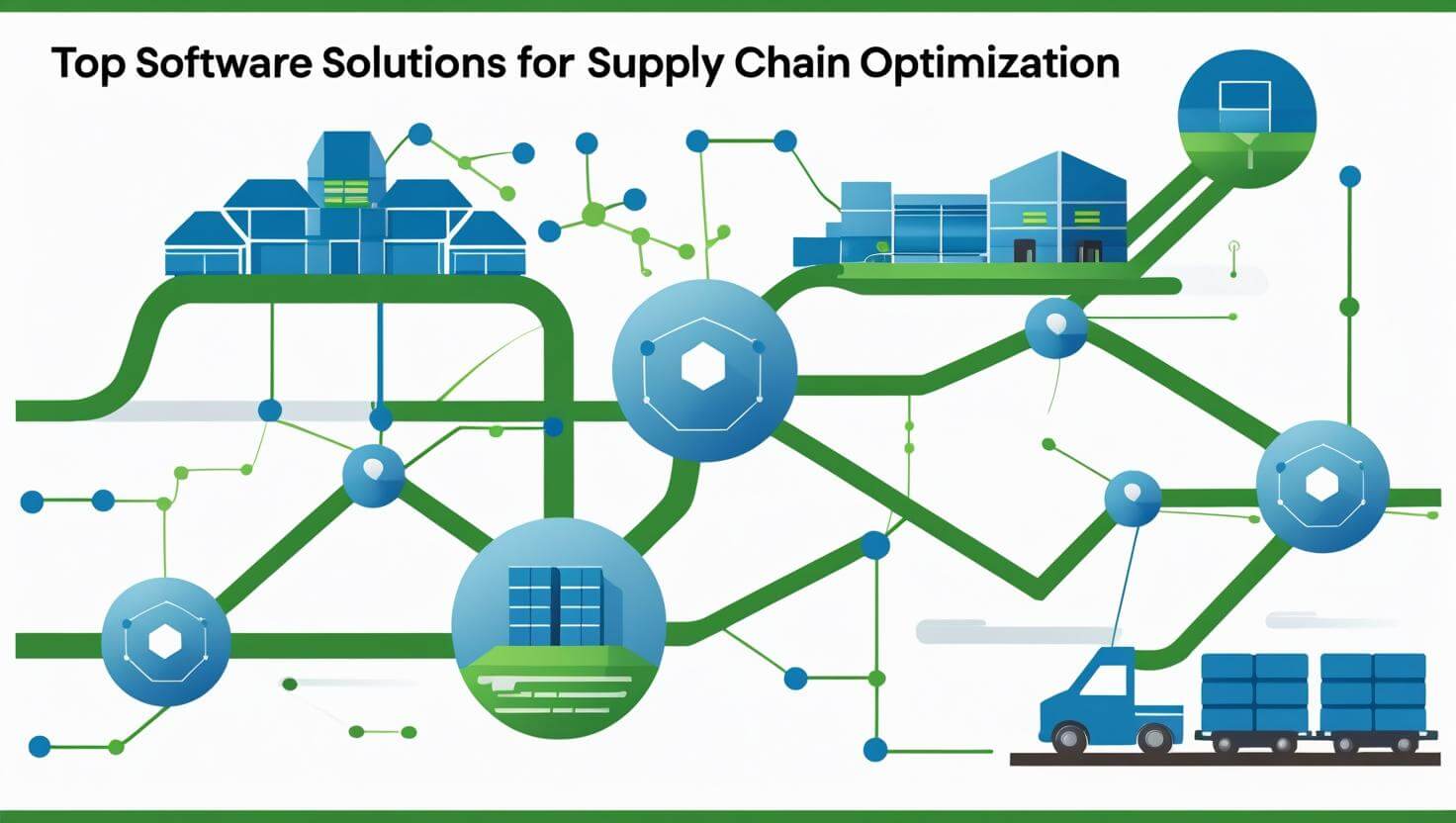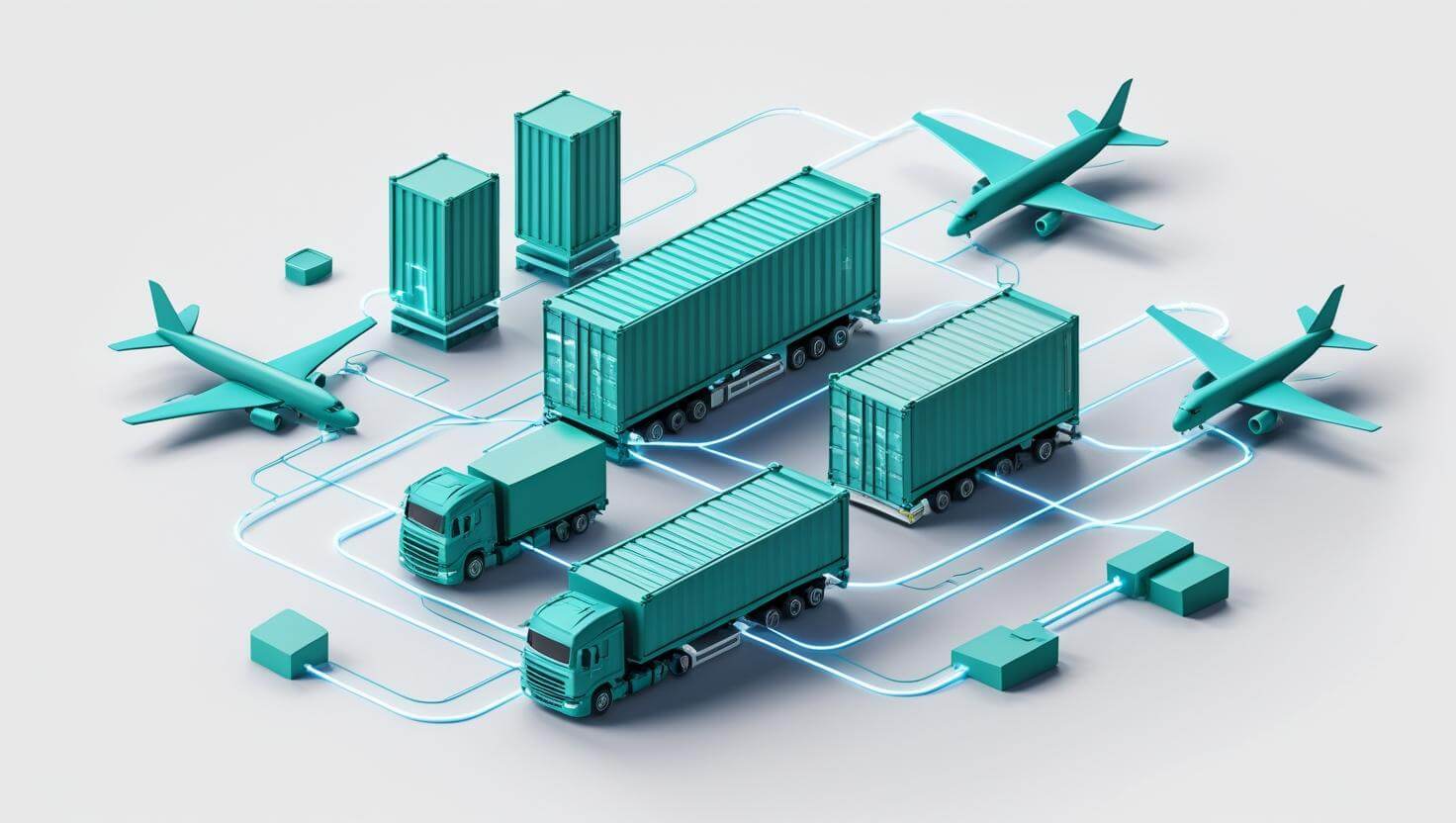
Modern transportation is not just about moving goods from one point to another; it’s about doing it smarter, faster, and more transparently. Today’s customers expect up-to-the-minute updates on their shipments, whether it’s a parcel, a ride-sharing car, or an international freight shipment. That’s where real-time tracking comes in — a technology that provides visibility into every step of the transportation process.
Why Real-Time Tracking Matters
Real-time tracking ensures trust and efficiency in logistics and transportation.
Key benefits include:
Transparency: Customers know exactly where their package is.
Efficiency: Dispatchers can reroute vehicles in case of delays.
Security: Immediate alerts for theft, accidents, or unusual activity.
Cost savings: Optimized routes reduce fuel consumption and delays.
Better customer experience: Accurate delivery time estimates build trust.
Use Cases in Modern Transportation
E-commerce Deliveries: Real-time updates boost customer satisfaction.
Public Transportation: Passengers track buses and trains via mobile apps.
Logistics Companies: GPS tracking improves fleet utilization.
Ride-Sharing Services: Platforms like Uber rely entirely on real-time data.
Challenges of Real-Time Tracking
Despite its benefits, there are challenges:
High infrastructure costs for GPS and IoT devices.
Data privacy concerns with constant monitoring.
Connectivity issues in remote regions.
| Stakeholder | Benefit of Real-Time Tracking |
|---|---|
| Customers | Accurate delivery updates |
| Businesses | Reduced operational costs |
| Drivers | Optimized routes & schedules |
| Regulators | Compliance & safety monitoring |
Conclusion
In modern transportation, real-time tracking is no longer a luxury — it’s a necessity. From e-commerce deliveries to ride-sharing apps, businesses that adopt real-time tracking gain a competitive edge by offering transparency, safety, and reliability.

